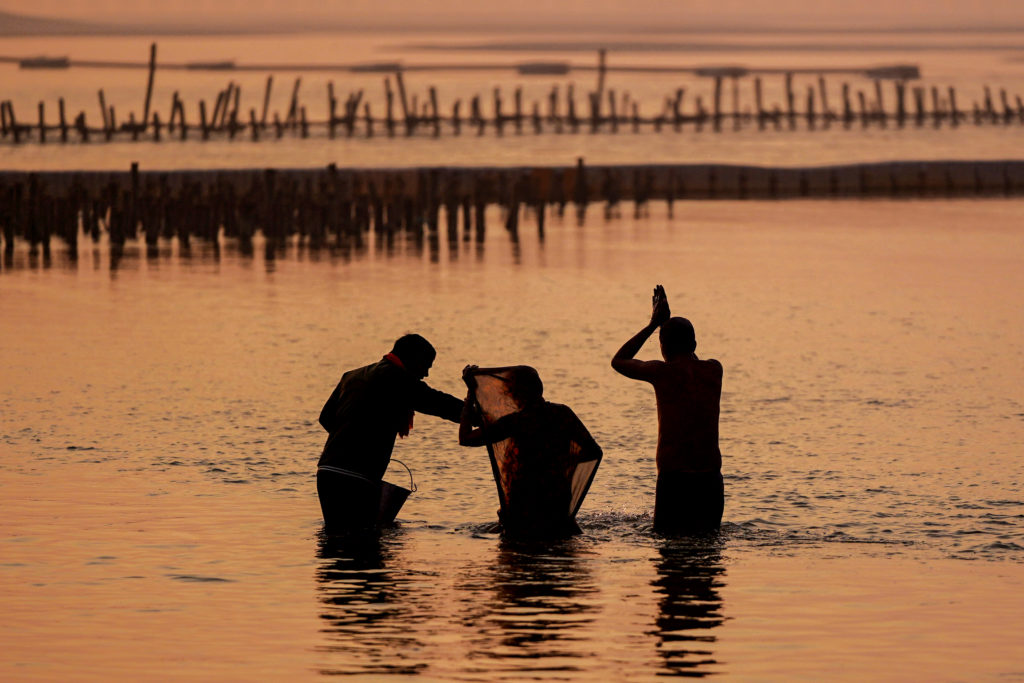Having conquered Afghanistan, the Taliban now face the formidable task of keeping the peace within their own ranks and running a country on the brink of ruin, experts say.
To outsiders, the hardliners may appear homogenous and united on all ideological and strategic matters.
But like any other large political organisation, the decades-old Islamist group has its divisions, rivalries, allegiances and factions.
The fissures were largely kept in check during the 20-year effort to defeat US-led foreign troops and a Kabul government widely reviled as corrupt.
With that common enemy vanquished, just weeks into Taliban rule, the group’s divisions appear to be coming into sharper relief.
– Factional rivalry –
On Monday, rumours that a shootout between rival factions at the presidential palace had killed co-founder and now deputy prime minister Abdul Ghani Baradar forced him to release an audio message stating he was still alive.
Before that, the naming of an interim government laid bare the group’s political tensions and perhaps sowed the seeds for future troubles, according to Niamatullah Ibrahimi, an Afghanistan expert at Australia’s La Trobe University.
Major roles were divided up between the Taliban’s old guard from their spiritual birthplace Kandahar — including Baradar — and the Haqqanis, a family-based grouping with ties to Al-Qaeda and Pakistan’s powerful Inter-Services Intelligence spy agency.
Under the first Taliban regime in the 1990s, the Kandahar faction had been dominant — but many of the group’s recent military successes have been down to the Haqqanis.
“We really shouldn’t underestimate the power of the Haqqanis,” Ibrahimi says.
“They have been the more sophisticated part of the movement militarily, maintaining important linkages with Al-Qaeda and Pakistan’s ISI, but also having its own distinctive power base in Afghanistan.”
Family scion Sirajuddin Haqqani — branded a terrorist by the United States and the target of a $10 million bounty for his arrest — took control of the interior ministry, which will set the tone for Taliban rule.
He is a “natural choice” for the role, according to Graeme Smith, a senior consultant at the International Crisis Group.
“He organised some of the Taliban’s most elite fighting units,” he says.
– ‘Recipe for conflict’ –
But Haqqani’s appointment has also made it even more difficult for Western governments to recognise the Taliban government or release Afghanistan’s central bank reserves frozen in the United States.
Failure to secure that money and foreign acceptance could be seen as a blow for Baradar, a key player in talks with the West leading up to the US pullout from Afghanistan.
Without foreign recognition, the Taliban would be hard-pressed to manage what the UN has called an “economic crisis” in Afghanistan and a looming “humanitarian catastrophe”.
Rivalries between factions could pose further problems with Afghanistan’s neighbours, experts say.
Outsiders and Taliban groups from western Afghanistan, including those with links to Iran’s Revolutionary Guard Corps, were largely excluded from the government.
“The Taliban have decided against an inclusive cabinet, ignoring requests from prominent Afghan politicians and regional states to include non-Taliban figures in their senior ranks,” Smith says.
“This is good for Taliban cohesion, and will appeal to Taliban supporters, but risks alienating other Afghans and the international community.”
Ibrahimi says regional powers like Iran or Russia could very well return to funding proxy groups to secure their interests.
It is “a recipe for violent conflict or resistance by others”, he says.
“(It) creates opportunities for exploitation by regional powers who are not going to be happy with them.”









